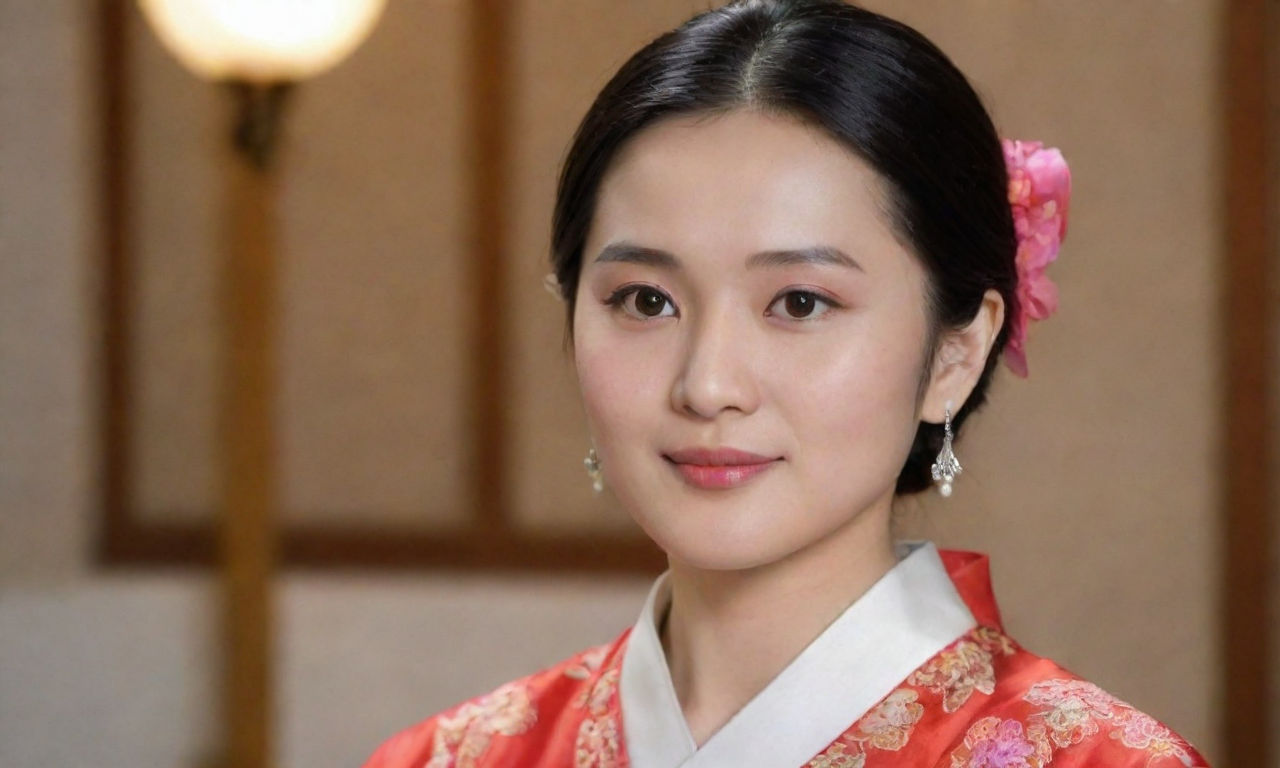On the occasion of the 101st International Women’s Day, during the 2024 National Two Sessions, the issue of inspiring the innovative vitality of female science and technology talents once again became a hot topic of discussion among the delegates. National Committee of the Chinese People’s Political Consultative Conference (CPPCC) member and academician of the Chinese Academy of Sciences Wu Li-zhu states that female researchers are an integral part of scientific research. Their career development should receive more attention from society, which should be based on trust in their abilities rather than mere obligatory acknowledgment.
Wu Li-zhu shuttles between her office and laboratory daily, and although they are only 10 meters apart, she has been walking this path for more than 30 years. The team she leads is dedicated to the field of photochemistry and strives for a breakthrough in artificial photosynthesis. In the initial stages of the artificial photosynthesis research that Wu was involved in, the catalytic turnover number was just 0.1. However, through continuous efforts of her team, this number increased to 16 million in less than six years, indicating significant improvements in catalyst stability and efficiency, along with a gradual reduction in cost, marking significant progress in the research field.
Zhang Jianling, a researcher at the Institute of Chemistry of the Chinese Academy of Sciences, shares similar sentiments regarding passion and perseverance in scientific research. Although she acknowledges that basic research can be arduous and lonely, the joy it brings is indescribable, especially when engaging in scientific experiments in the laboratory. Zhang’s team was awarded the “Chinese Academy of Sciences March 8th Red-banner Collective” honor at the International Women’s Day celebration, recognizing their research achievements and contributions. Zhang likens chemists to “tailors,” skillfully cutting and reassembling chemical bonds through experiments, a love for science that has sustained her for over 20 years of scientific research.
Lu Jing, a researcher at the Institute of Vertebrate Paleontology and Paleoanthropology of the Chinese Academy of Sciences, also demonstrates strong enthusiasm in her field. She finds joy in researching the world of paleontology and feels incredibly thrilled about new scientific discoveries and breakthroughs. Passionate about popular science activities, she passes on her love of science to more young people, especially girls in rural areas, to help broaden their horizons and ignite their interests and passions.
On social media, discussions about whether female researchers in science are cool have attracted widespread attention. Many people believe that women in scientific research are both perceptive and delicate, and possess a tenacious quality. Lu Jing is pleased to see that in the field of paleontology, gender does not limit researchers’ development, and that men and women in scientific research have roughly equal opportunities.
“Even in the field, female researchers can perform just as well,” she states. However, recently at an important national conference, a delegate pointed out that China’s current science and technology evaluation system has an issue with an unbalanced gender ratio, with fewer women representatives in various academic committees and project review teams. Women’s leadership talents in the field of science and technology are also relatively lacking, and they still are a minority when it comes to having a voice.
Regarding this situation, professionals have strongly urged that female scientific researchers should be more visible to the entire society. “But this attention is not a kind of ‘accommodation’ that lowers the standards, but ‘trust’.” They should be given more opportunities to undertake important work in scientific organizations and research units, even within research groups, enabling them to grow and be trained to stand at the forefront of science as protagonists.
There are suggestions that “At academic conferences, providing opportunities for female researchers to fully display and share their work would be a great encouragement.” Fortunately, in recent years, various policies and measures have begun to favor female research talents, addressing their developmental needs in the field of research by offering more opportunities and alleviating certain work-related concerns. For example, consecutive publications of relevant opinions and measures, along with flexible adjustments to age limit policies by the executing entities, such as the relaxation of the upper age limit for scientific project applications.
In the careers of many female researchers, we often see them choosing to exit at some stage. Experts analyze that this is mostly because the period of career advancement for women often coincides with the time they take on family childcare responsibilities, leading to the difficulty of balancing work and family. In the hearts of each female scientist, the family is where their care lies and also the spiritual pillar of their relentless struggle. Family support becomes an indispensable force as they head towards the forefront of the scientific field, inspiring them to climb towards the peak of technology and carrying the familial sentiment of “contributing to the national scientific development.”
Behind the mission of pursuing scientific advancement, many female researchers associate family and country, contributing wisdom and strength of science to the nation’s prosperity with enthusiasm and intellect. For instance, some researchers are dedicated to developing strategically significant “artificial photosynthesis,” aiming to convert carbon dioxide into practical chemicals, contributing to the dream of clean energy “green hydrogen.” Research teams focus on the efficient conversion of green solvents and renewable resources, seeing chemistry as an important force in achieving “carbon neutrality.” With the establishment of related research centers in scientific research institutes, researchers are increasingly focused on achieving the “dual carbon” goals, determined to produce a series of key, original, and leading major scientific and technological innovations.







